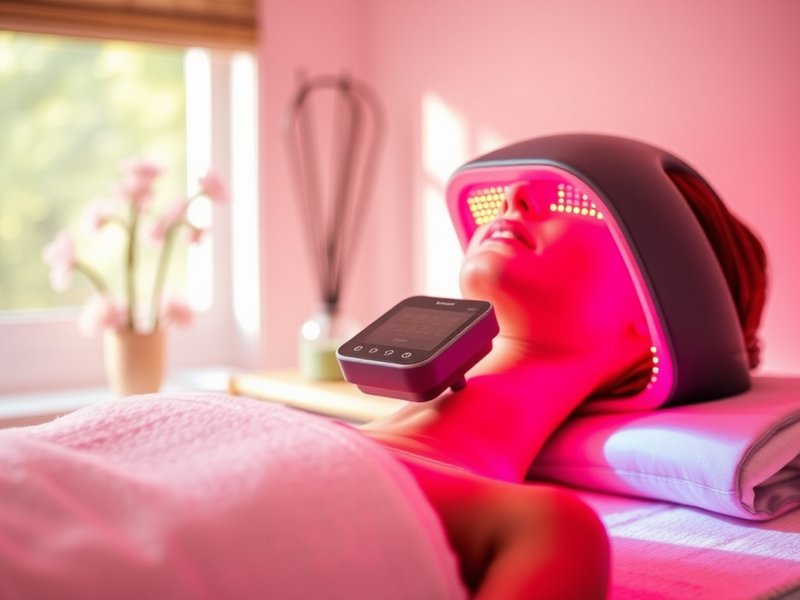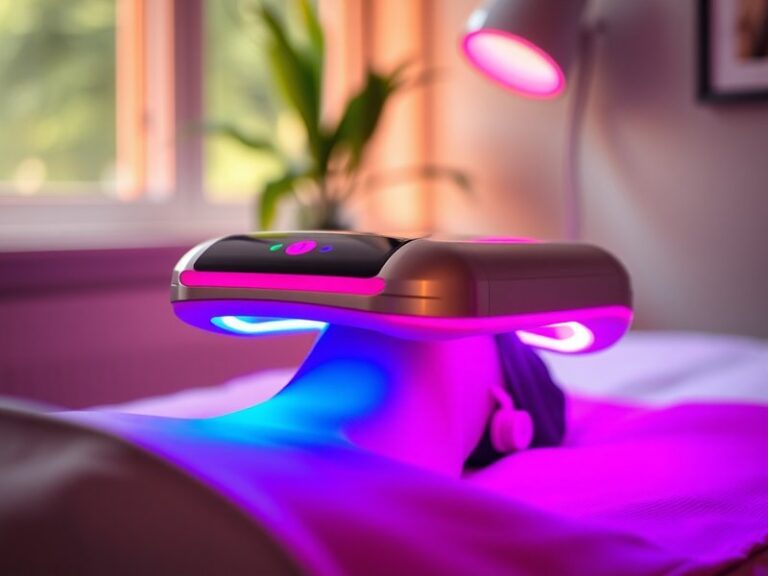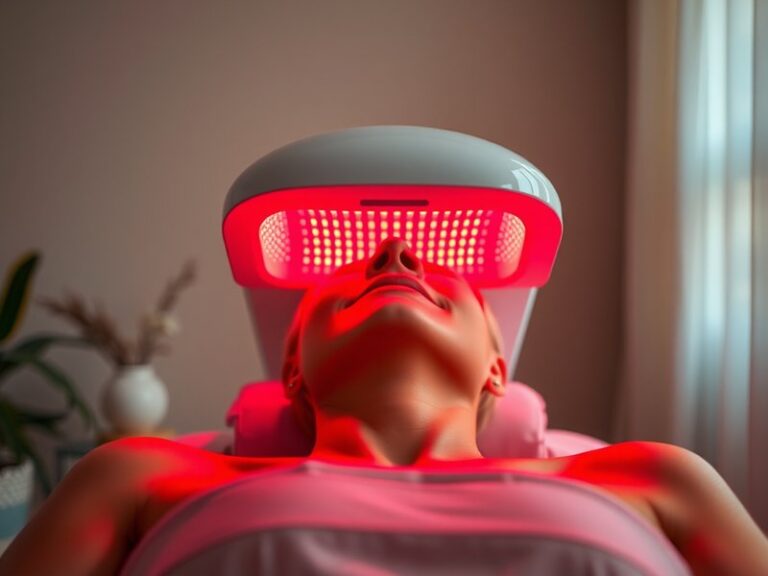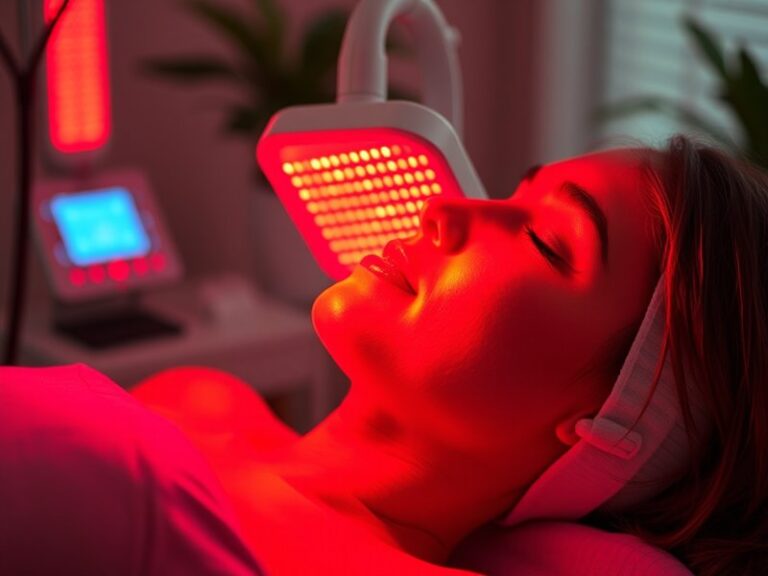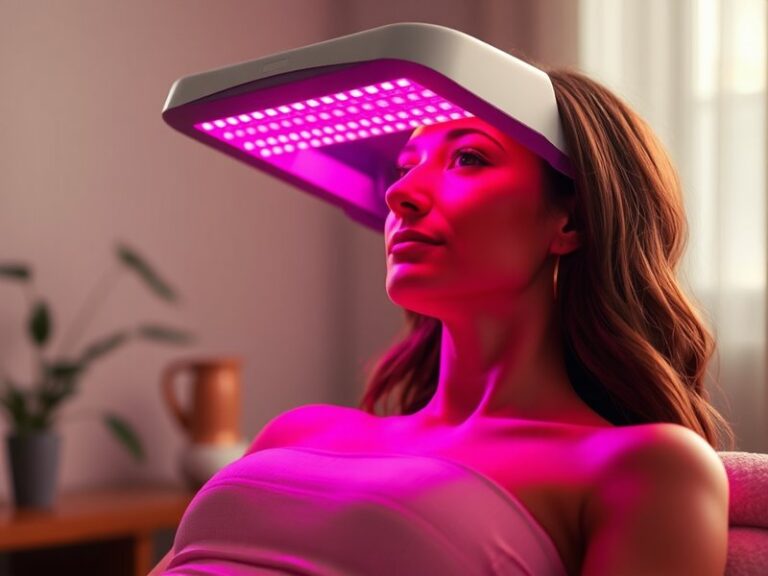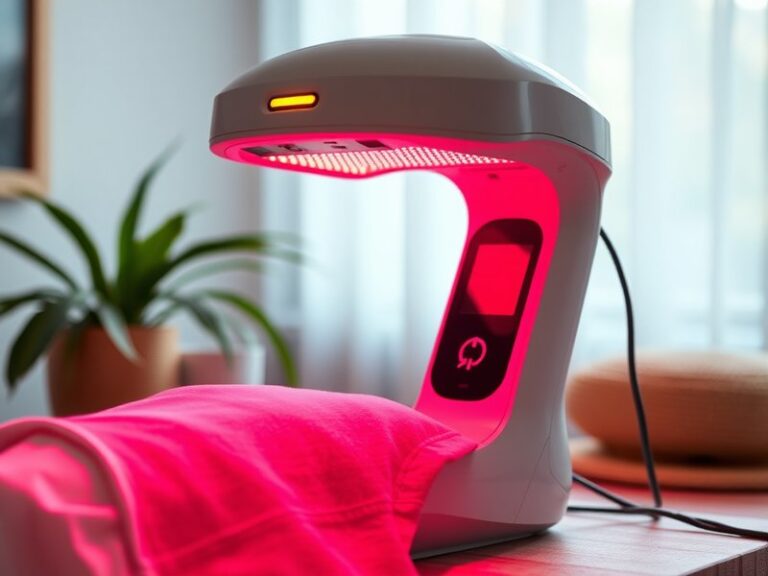Does Red Light Therapy Make You Sweat?
Does Red Light Therapy Make You Sweat?
Does using red light therapy lead to increased sweating?
This article explores the relationship between red light therapy and sweating, examining the mechanisms behind this treatment, its potential benefits, and addressing common misconceptions. We will provide insights into whether this therapy can stimulate perspiration and what factors contribute to this response.
Key Takeaways
- Red light therapy can lead to an increase in blood circulation, which may promote sweating for some individuals.
- While sweat production is not the primary goal of red light therapy, it is often linked to benefits such as enhanced recovery and detoxification.
- It’s important to consider individual differences, as reactions to red light therapy can vary from person to person.
What is Red Light Therapy?
Red light therapy (RLT) is a non-invasive treatment that uses low-wavelength red light to penetrate the skin. It is primarily designed to promote healing, reduce inflammation, and improve overall skin health.
The therapy is made possible through devices such as light panels, laser diodes, and LEDs that emit red light in specific wavelengths (typically ranging from 600 to 650 nanometers). As the light penetrates the skin, it is absorbed by cells, triggering a series of photobiomodulation responses that can lead to various health benefits.
Discover the story in Duration of Red Light Therapy?
RLT has gained popularity in multiple fields, including skincare, pain relief, sports recovery, and even hair restoration. The underlying principle is that the energy from the light stimulates mitochondria within the cells, which enhances ATP (adenosine triphosphate) production, the energy currency of cells.
What are the Benefits of Red Light Therapy?
Red light therapy presents a wide array of potential benefits. Below, we delve into some of the most significant advantages.
Enhanced Healing and Recovery
RLT has been shown to accelerate the healing process for wounds and injuries. The increased ATP production enhances cellular metabolism and promotes tissue repair. Athletes often use RLT for faster recovery from workouts or injuries.
Improved Skin Health
This therapy is widely used in skincare for its ability to reduce wrinkles, improve skin tone, and promote collagen production. The light stimulates the fibroblasts, which are responsible for collagen synthesis, thus contributing to youthful-looking skin.
Reduced Inflammation and Pain Relief
Many users find that RLT can help alleviate chronic pain and inflammation. The therapy interacts with cells to reduce oxidative stress and apoptosis, leading to less discomfort and improved mobility over time.
Potential to Boost Mood and Energy Levels
Research suggests that RLT may positively influence mood and energy levels. By improving circulation and enhancing mitochondrial function, individuals may experience increased vitality and reduced feelings of fatigue.
Is it Possible to Sweat with Red Light Therapy?
While sweating is not the direct goal of red light therapy, some individuals may indeed experience increased perspiration during or after treatment. This is primarily linked to enhanced circulation and vasodilation, where blood vessels widen to accommodate increased blood flow.
It’s essential to note that factors like the duration of exposure, individual metabolism, and the specific physiological responses can influence whether someone sweats during treatment.
What are the Advantages of Sweating During Red Light Therapy?
Increased sweating during RLT can have several advantages:
Detoxification
Sweating helps eliminate toxins from the body. Thus, when red light therapy promotes sweating, it may aid in the detoxification process, supporting overall health and well-being.
Increased Blood Flow and Oxygenation
Sweating is often accompanied by better blood circulation, which can enhance nutrient delivery to tissues and promote healing and recovery.
Improved Skin Hydration
Sweating can also contribute to skin hydration, as the body’s natural moisture can help maintain healthy skin.
Enhanced Relaxation
The combination of heat and sweating may promote relaxation and stress relief, adding to the therapeutic benefits of red light exposure.
Check out our breakdown Is Red Light Therapy Good for Burns?
What are the Disadvantages of Sweating During Red Light Therapy?
While sweating has its benefits, there are also considerations to take into account.
Discomfort and Overheating
For some individuals, increased sweating can lead to discomfort or overheating, especially in enclosed environments. It is essential to adjust the therapy settings or take breaks as needed.
Skin Irritation
Excessive sweating may cause skin irritation or rash, particularly for those with sensitive skin. It’s important to monitor your skin’s reaction during treatment.
Need for Hydration
Increased perspiration may necessitate higher fluid intake to avoid dehydration. Staying hydrated before and after the session is crucial for overall health.
What are the Things to Consider Before Red Light Therapy?
Before engaging in red light therapy, consider the following important factors.
Consult with a Healthcare Professional
It’s advisable to consult with a healthcare provider, especially if you have underlying health conditions or are pregnant. They can help determine if RLT is suitable for you.
Understand Your Skin Type
Different skin types may react differently to light therapy. Understand your skin’s sensitivity and consult professionals if unsure.
Monitor Treatment Duration and Intensity
Adjust the duration and intensity of light exposure according to your comfort level. Gradually increase exposure times as needed while paying attention to your body’s response.
What are the Alternatives to Red Light Therapy?
If red light therapy does not seem suitable for you, there are alternative treatments to consider.
Infrared Saunas
Infrared saunas use infrared light to heat the body directly, promoting sweating and detoxification while providing similar benefits related to relaxation and recovery.
Massage Therapy
Massage can aid in muscle recovery, improve circulation, and reduce stress, offering both physical and mental health benefits without the use of light therapy.
Cryotherapy
Cryotherapy involves exposing the body to extremely cold temperatures to reduce inflammation and promote healing. This technique is an alternative for recovery without generating sweat.
Conclusion: Is it Recommended to Sweat with Red Light Therapy?
In summary, while red light therapy may not explicitly aim to induce sweating, certain individuals may experience increased perspiration as a byproduct of enhanced circulation and metabolic activity. Although there are benefits to sweating during RLT, it’s crucial to consider personal comfort and health conditions. Ultimately, if you’re considering red light therapy for its multitude of benefits, monitor your body’s responses and consult with a professional for the best practices.
Frequently Asked Questions
Does red light therapy always cause sweating?
Not everyone will sweat during red light therapy. Factors such as individual body chemistry, the duration of treatment, and environmental conditions play a significant role in this response.
Can I use red light therapy every day?
In most cases, using red light therapy daily is safe. However, it’s essential to start slowly and listen to your body’s response. Consulting with a professional can help determine the best frequency for you.
Is there any risk associated with red light therapy?
Red light therapy is generally considered safe with minimal risks. Nonetheless, individuals with specific health concerns, like certain skin conditions, should consult a healthcare provider before undergoing treatment.
Are there any specific products recommended for red light therapy?
When selecting red light therapy devices, look for those with FDA clearance and verify their specifications to ensure efficacy. Portable devices or full-body panels are popular choices, depending on personal needs.
How long does it take to see results from red light therapy?
Results may vary between individuals. Some may notice improvements in skin texture or pain relief within a few sessions, while others might take longer. Regular use can enhance and maintain the benefits over time.
